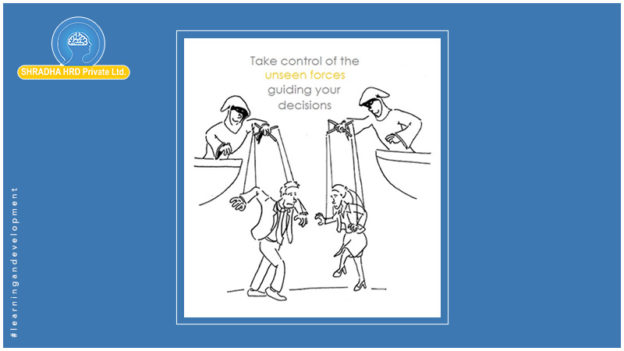
Most of us see ourselves as good people without biases. The reality however, is very different. People are good but have biases
Linda is 31 years old, single, outspoken, and very bright. She majored in philosophy. As a student, she was deeply concerned with issues of discrimination and social justice, and also participated in anti-nuclear demonstrations. Which is more probable?
1. Linda is a bank teller.
2. Linda is a bank teller and is active in the feminist movement.
#AmosTversky & #DanielKahneman in their landmark work in 1983 asked participants to solve this problem. More than 80% participants chose option 2, regardless of whether they were novice, intermediate or expert statisticians, even though the mathematical probability of Linda being both a bank teller and a feminist activist is much lower than the probability of her being a bank teller alone.
This example demonstrates how our brain makes connections where none exist: the #conjunctionfallacy.
We also have an #inherentbias that detailed statements are more likely than general ones.
There has been criticism on this problem. It remains one of the earliest & most well-known examples of the way our brain interprets information, makes connections & deduces things about people.
